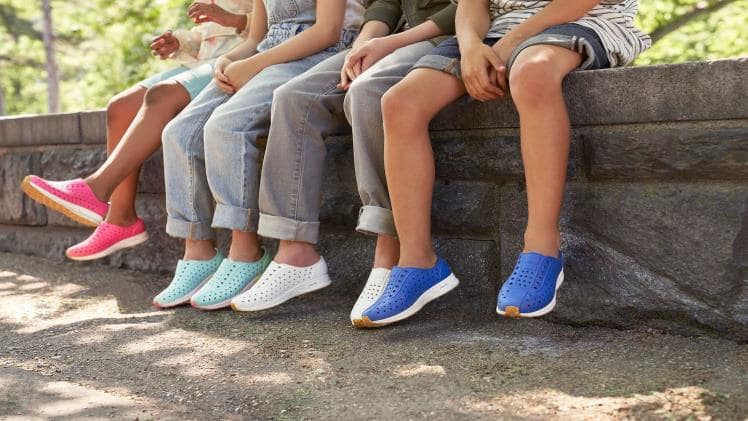If your child is in a growing stage, you possibly understand that your kid will not stay in the same condition. Enough free motions externally and in the playground are common and relevant for their improvement and growth, and that is specifically what brings us to the implication of good shoes for them. At the growing age, between six to twelve, the physique, muscles, ligaments, and joints of a kid’s foot begin to develop completely, and they attain the curves of the foot. This growth, combined with their free motion requirement, makes it essential to look out for flexibility when selecting kids’ shoes.
People are curious about Constance Wu’s net worth given her success in the entertainment industry
Presently, there are two key factors that impact the flexibility of Kids’ shoes – the framework of the shoe and its complete fit. Picking shoes and soles that are created of very soft material is the main thing. They leave room for the design to grow without inhibiting movement. A soft sole for shoes created of elastic rubber and qualified for turning completely is the best type for kids. The rubber soles must be dense enough to give support but more flexible in letting smooth and free movement. Thus, your kid can lean their feet in each way when walking, running, climbing, and performing different activities.
Crucial Things to Remember When You Buy Shoes for Kids
Here are a few things to look for when buying flexible kids’ shoes:
- When we mean sole structure, we indicate the materials the sole is created from, its flexibility, and the support provided. The soles in kids’ shoes must be created from elastic rubber. That is, sufficiently thick to safeguard feet yet flexible to provide movement in all the correct places. When the foot is inclined, the sole should lean with the foot, and the heel should be in touch with the heel of the foot.
- The base of the kids’ shoes should lean all through and not only at the toe expanse.
- The shoe’s upper part should be delicate- by preference fabric; thus, it can flex and stretch with the kid’s foot.
- Making your kids wear hard-soled shoes would not assist with their foot growth. Hard-soled shoes make the foot move in unusual ways, producing stress on joints and different regions of the body. Weak movement impacts the forefoot region, ankles, heels and expands through to the back and legs.
- For initial walkers, shoes made with rubber soles should be more flexible. Thus, the shoe heel and toe can adjoin when rolled over on itself. This shows a shoe sole that has adequate flexibility to offer the foot the space it requires to grow appropriately. As kids develop and their activities vary, shoe soles need to give extra support while still keeping up flexibility.
- The sole flexibility of the shoe assists in the proper lean of the forefoot because your kid strolls or runs. Feet were formed to move at the foot hop, letting sleek movement. Holding the foot’s normal flexibility decreases strain and stress on the different foot and body areas.
Why is Professional Size Consultation Important?
It is good to ask for expert size assistance for your kid’s foot as you buy kids’ shoes online, and his foot is ever developing and increasing. You may need to keep changing footwear apparently fast in the previous years as that is when most of the growth takes place. Shoes that wind up being very tight may affect your kid’s foot enlargement and create developmental discomforts. So, it is still best to let kids walk all over, run, jump, and try further movements naturally in the shoes for a moment and make sure their walking looks uniform and not compelled.
Final Words
As parents, when you search online for the best Kids’ sandals, it is important to choose shoes that would not only hold the formation of the foot but also safeguard them from injury, heat, or cold. Therefore, if you are a fan of your little ones’ feet, looking for the design, material, and fitting of your kid’s shoe is an essential step in your child’s growth in the development years.

